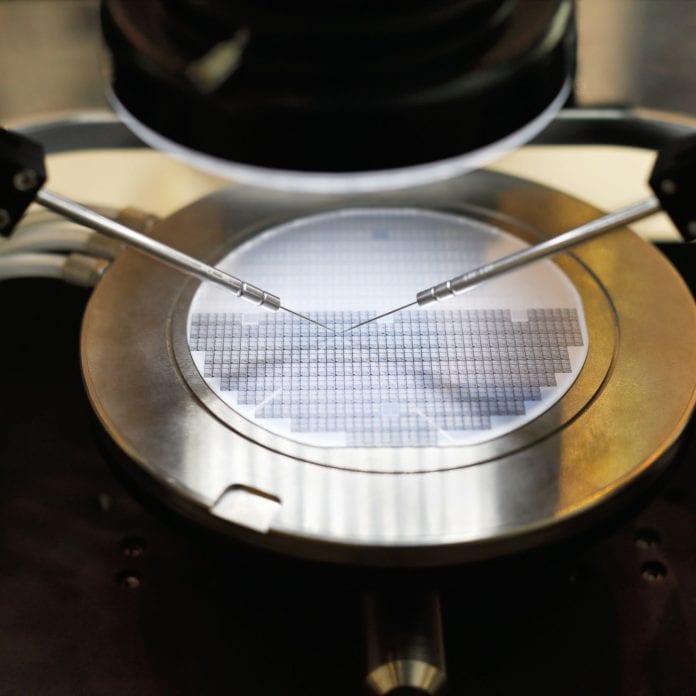The tech industry has seen a blistering pace of innovation and market dominance. Global equity markets are swayed by how Apple, Amazon, Google, Facebook, Microsoft, Netflix, Intel, Nvidia perform. Seven out of the top ten companies in S&P500 and three out of the top 10 Dow Jones Industrial Average Index components are tech companies. The meteoritic rise of these giants was primarily fueled by unprecedented advancements in computing, especially mobile computing. So much so that the global economic future is guided by consumers’ mobile-first experiences and technologies that enable those experiences.
In a series of articles, I will explore the history and evolution of computing, i.e. semiconductor technologies, how they have shaped our present, and will define our future. Additionally, I will provide my commentary on some of the critical industry events that have influenced this evolution, and analysis of how the developments in the industry that are underway have the potential to change the course and drastically alter the future the industry has collectively envisioned.
Semiconductor technology evolution – a tale of two architectures
When you look at the evolution of semiconductor technology and architectures, there are two clear paths. First, Intel’s x86 architecture that dominates the server, desktop, and laptop computing space. And second, Arm Ltd of the U.K., which controls almost all the mobile computing space. Historically, x86’s primary focus has been performance, sometimes at the expense of power consumption. On the other hand, Arm has been feverishly focused on lower power consumption, but limited performance.
However, both companies are trying to evolve their architectures to improve on both performance and power consumption axes. Intel’s latest x86 laptop processors have improved much over their predecessors in terms of battery life. Arm processors have improved leaps and bounds in performance over the years, rivaling even Intel in personal computing processors, while still maintaining their low-power heritage. Currently, these architectures have limited overlap in terms of use cases and markets. But the turf war between them has been brewing for some time and is about to get brutal pretty quickly. Apple moving from Intel’s x86 processors to their own Arm-based M1 processor for Mac laptops is a good indication of that.
The future of technology will run on Arm
There is no doubt the future will be dictated by the mobile-first experiences that users are accustomed to and expect from everything tech, and everywhere else. That means, almost everything will be mobile, untethered, and wireless. 5G is providing even bigger impetus and extending that trend beyond the consumer segment to industrial as well. All this means, all the untethered devices from simple consumer devices to large machines in factories will run on batteries, which in turn means, lower power consumption is going to be of paramount importance.
Arm’s inherently low-power consumption will surely be the architecture of choice for the untethered world. Although Arm only dominates the mobile compute world today, its processing capabilities are evolving rapidly and with the thousands of innovative companies working on its technology, it is on track to expand beyond that space. E.g. the server market where Intel x86 has complete domination. Arm is trying to make a play, as even there, power consumption is becoming a challenge and big cloud companies are looking for low-power solutions. Industrial IoT, Automotive, Edge-Cloud, and many other segments are ripe for digital transformation and are good candidates for Arm adoption.
Arm’s “horizontal” business model
Unlike Intel, which has a vertical model of developing architecture and fabricating its own processors, Arm has adopted a “horizontal” business model. It develops the architecture and processor technology and licenses them in different flavors to semiconductor companies. Because of this model, Arm has enabled thousands of big and small companies including giants such as Apple, Samsung, Qualcomm, Microsoft, and others, to make market-leading and even market-defining products based on its architecture. If you are using any consumer electronics product that has some sort of processor in it, most likely it is based on Arm technology.
Arm’s horizontal business model is one of the key reasons behind the tech boom. While Arm focuses on continually improving the architecture and developing a strong roadmap, its large partner ecosystem focuses on developing processors and end products. The software ecosystem develops services to best exploit these technologies and products, creating an endless cycle of innovation that has fueled the tech boom.
Recent developments at Arm
The recent announcement of Nvidia buying Arm from its owner Softbank came as a shock to many who were part of this innovation cycle. This move has the potential to completely upend the whole ecosystem and may require significant realignment. Interestingly, Nvidia competes with almost all of Arm’s major customers in some shape or form. Additionally, Nvidia and Arm have quite different strategies, approaches, target market segments, and customer base, which makes it even more nerve-wracking for the ecosystem.
As evident, this is a multifaceted issue, with numerous primary, secondary, and tertiary impacts on Arm’s future as well as its huge ecosystem. In a series of articles, I will analyze all those dimensions very closely and present my thoughts on the subject. So, be on the lookout!
Meanwhile, for more articles like this, and up-to-date analysis of the latest mobile and tech industry news, sign-up for our monthly newsletter at TantraAnalyst.com/Newsletter, or listen to our Tantra’s Mantra podcast.

